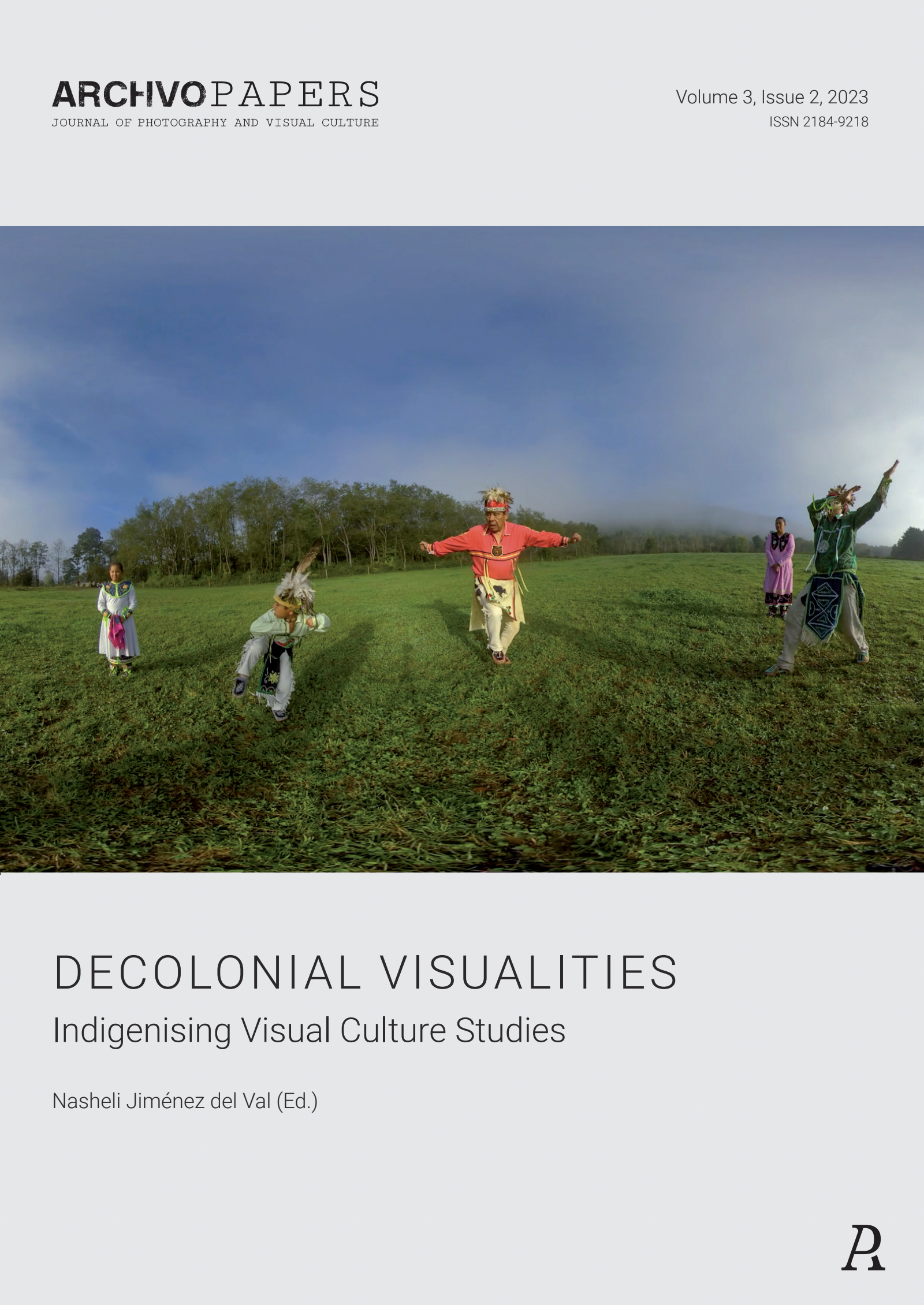Elements of Colonisation and Indigenisation
Changing Lucifer into Kali
DOI:
https://doi.org/10.5281/zenodo.10038099Keywords:
Indigenisation, Colonisation, Syrian Church, Church Mural, DemonisationAbstract
This article discusses the nature of indigenisation seen on the murals of Syrian Christian churches in Kerala, focussing on St. Mary’s Jacobite church in Angamaly, Ernakulam. Kerala has several churches with elaborate murals, which have not received sufficient attention, and quite a few questions remain unexplored. These church murals were formed out of interactions between the Portuguese, the church of the East and the local religion. In the 16th century, the Portuguese exerted control over Kerala churches that had formerly been affiliated with the Church of the East. Some of the questions addressed in the article are: What are instances of indigenization seen on church murals? What are the different kinds of indigenization visible? How does this weave into a global narrative? What is the colonial and decolonial politics behind such image representation? These areas are discussed in the following article.
Downloads
References
• Assmann, J. Of God and Gods: Egypt, Israel, and the Rise of Monotheism. Madison: the University of Wisconsin Press, 2008.
• Bayly, Susan, Hindu Kingship and the Origin of Community: Religion, State and Society in Kerala, 1750–1850. Modern Asian Studies 18, no. 2, 177–213, 1984.
• Geddes, Michael, The History of the Church of Malabar, Together with the Synod of Diamper. London: Sam. Smith and Benj.Walford, 1694.
• Granziera Patrizia, Cultural Interactions and Religious Iconography in 16th Century Kerala: The Mural Paintings of St. Mary’s Church in Angamaly, Journal of Hindu-Christian Studies Vol.30, 2017.
• Gruzinski Serge, Images at War: Mexico from Columbus to Blade Runner (1492–2019). Translated by Heather MacLean. Durham, NC: Duke University Press, 2001.
• Klein, Cecelia F. The Devil and The Skirt: An Iconographic Inquiry into the Pre-Hispanic Nature of the Tzitzimime.” Ancient Mesoamerica 11, no. 1 (2000): 1–26. doi:10.1017/S0956536100111010.
• Maunder Chris, The Oxford Handbook of Mary. United Kingdom: OUP Oxford, 2019.
• Suarez, Ananda Cohen, Heaven, Hell, and Everything in Between: Murals of the Colonial Andes, Texas: the University of Texas Press, 2016.
• Wilfred F, ed. The Oxford Handbook of Christianity in Asia. Oxford University Press; 2014.https://www.oxfordhandbooks.com/view/10.1093/oxfordhb/9780199329069.001.0001/oxfordhb-9780199329069. Accessed June 5, 2020.
Additional Files
Published
How to Cite
Issue
Section
License
Copyright (c) 2024 © The Author(s), under license to Archivo Press.

This work is licensed under a Creative Commons Attribution 4.0 International License.








